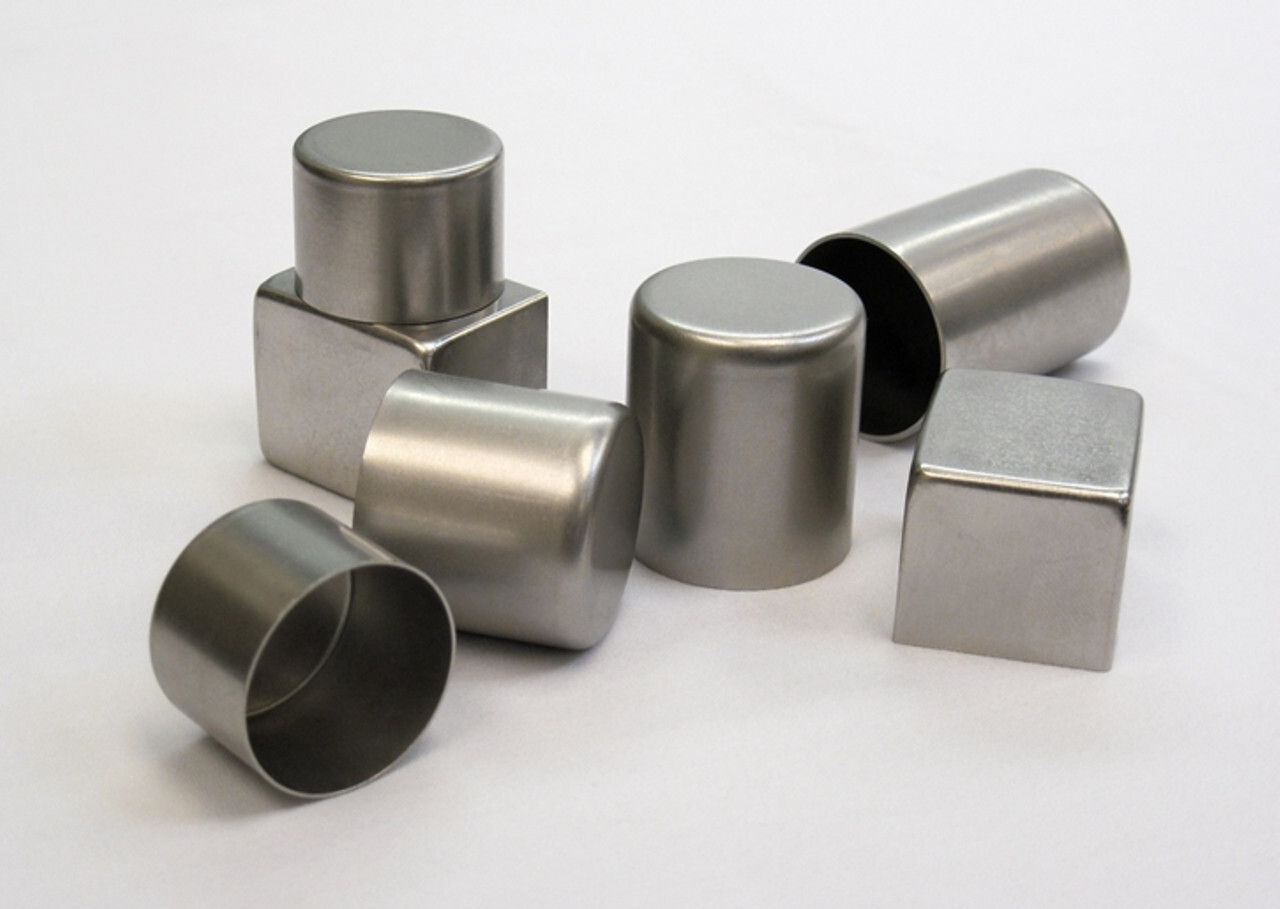
What is Mu-Metal? Mu-Metal is a nickel-iron alloy known for its high magnetic permeability. This means it can easily attract and channel magnetic fields. Invented in the early 20th century, Mu-Metal is often used in shielding sensitive electronic equipment from magnetic interference. Its unique properties make it indispensable in various industries, from medical imaging to audio engineering. Ever wondered why your MRI scans are so clear? Thank Mu-Metal. It's also used in transformers, magnetic shields, and even some musical instruments. Curious about more? Here are 30 fascinating facts about this incredible material that you probably didn't know!
Key Takeaways:
- Mu-Metal is a special alloy with high magnetic permeability, making it great for shielding electronics. It's used in MRI machines, aerospace, and even in art to protect against magnetic interference.
- Despite its effectiveness, Mu-Metal is expensive and sensitive to stress. It's crucial for shielding sensitive equipment, but needs careful handling and maintenance to retain its properties over time.
What is Mu-Metal?
Mu-metal is a nickel-iron alloy known for its high magnetic permeability. This unique property makes it an excellent material for shielding sensitive electronic equipment from magnetic fields.
- Mu-metal typically contains about 77% nickel, 16% iron, 5% copper, and 2% chromium.
- The name "mu-metal" comes from the Greek letter "μ" (mu), which represents permeability in physics.
- It was first developed in the early 20th century for use in telephone cables to reduce interference.
- Mu-metal can be magnetized and demagnetized easily, making it versatile for various applications.
- It is often used in medical imaging equipment like MRI machines to shield against external magnetic fields.
Properties of Mu-Metal
Understanding the properties of mu-metal helps in appreciating its applications and effectiveness in shielding.
- Mu-metal has a very high initial permeability, which means it can easily attract and absorb magnetic fields.
- It has low coercivity, meaning it requires minimal energy to magnetize and demagnetize.
- The alloy exhibits high electrical resistivity, reducing eddy current losses.
- Mu-metal is highly ductile, allowing it to be easily formed into different shapes and sizes.
- It has a relatively low saturation point, meaning it can only absorb a certain amount of magnetic field before becoming saturated.
Applications of Mu-Metal
Mu-metal's unique properties make it invaluable in various industries and applications.
- It is used in the construction of magnetic shields for sensitive electronic equipment.
- Mu-metal is employed in the aerospace industry to protect navigation and communication systems from magnetic interference.
- In the audio industry, it is used to shield microphones and other recording equipment from hum and noise.
- It is crucial in the design of scientific instruments, such as electron microscopes, to ensure accurate measurements.
- Mu-metal is used in the construction of transformers to minimize energy losses due to magnetic interference.
Manufacturing and Processing
The manufacturing and processing of mu-metal are critical to maintaining its high permeability and other properties.
- Mu-metal is typically produced through a process called vacuum melting to ensure high purity.
- After melting, the alloy is hot-rolled and then cold-rolled to achieve the desired thickness and shape.
- Annealing in a hydrogen atmosphere is a crucial step to enhance its magnetic properties.
- The alloy must be handled carefully during manufacturing to avoid introducing stress, which can degrade its performance.
- Mu-metal can be plated with other metals, such as copper or silver, to improve its corrosion resistance.
Challenges and Limitations
Despite its many advantages, mu-metal has some challenges and limitations that need to be considered.
- Mu-metal is relatively expensive due to the high cost of nickel and the complex manufacturing process.
- It is sensitive to mechanical stress, which can significantly reduce its magnetic permeability.
- The alloy can become saturated if exposed to very strong magnetic fields, losing its shielding effectiveness.
- It requires careful handling and processing to maintain its properties, making it less suitable for mass production.
- Mu-metal's effectiveness can degrade over time if not properly maintained and protected from environmental factors.
Interesting Facts about Mu-Metal
Here are some intriguing tidbits about mu-metal that highlight its unique characteristics and uses.
- Mu-metal is often used in the construction of Faraday cages to block electromagnetic fields.
- It has been used in the design of stealth technology to reduce the magnetic signature of submarines.
- The alloy is employed in the construction of particle accelerators to shield sensitive detectors from magnetic interference.
- Mu-metal is sometimes used in the design of high-precision clocks to protect against magnetic field variations.
- It has even found applications in the art world, where it is used to protect delicate sculptures and installations from magnetic damage.
The Final Word on Mu-Metal
Mu-metal's unique properties make it indispensable in various industries. Its ability to shield against magnetic fields ensures the smooth operation of sensitive equipment. From medical devices to audio equipment, mu-metal plays a crucial role in maintaining performance and accuracy.
Understanding its composition and applications helps appreciate its significance. While it may not be a household name, its impact is undeniable. Next time you enjoy clear sound from your headphones or rely on precise medical readings, remember mu-metal's contribution.
In short, mu-metal is a silent hero in technology and science. Its presence might be hidden, but its effects are felt in many aspects of modern life. Keep these facts in mind, and you'll have a deeper appreciation for this remarkable material.
Frequently Asked Questions
Was this page helpful?
Our commitment to delivering trustworthy and engaging content is at the heart of what we do. Each fact on our site is contributed by real users like you, bringing a wealth of diverse insights and information. To ensure the highest standards of accuracy and reliability, our dedicated editors meticulously review each submission. This process guarantees that the facts we share are not only fascinating but also credible. Trust in our commitment to quality and authenticity as you explore and learn with us.
